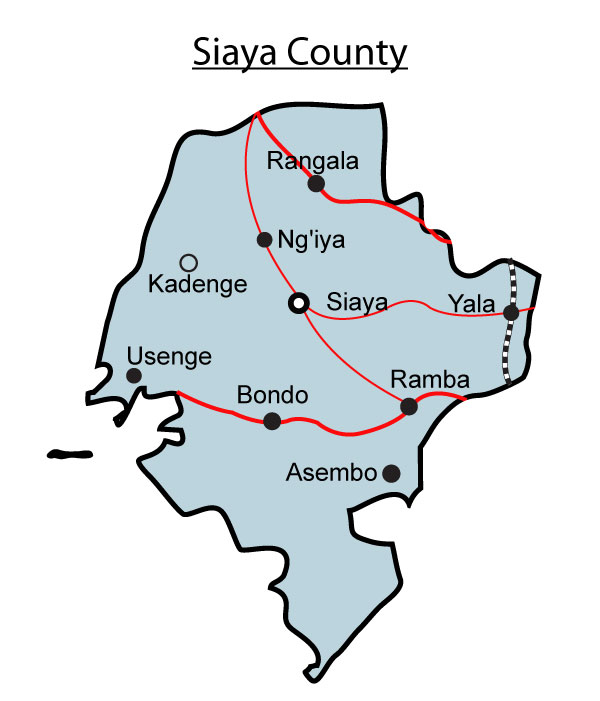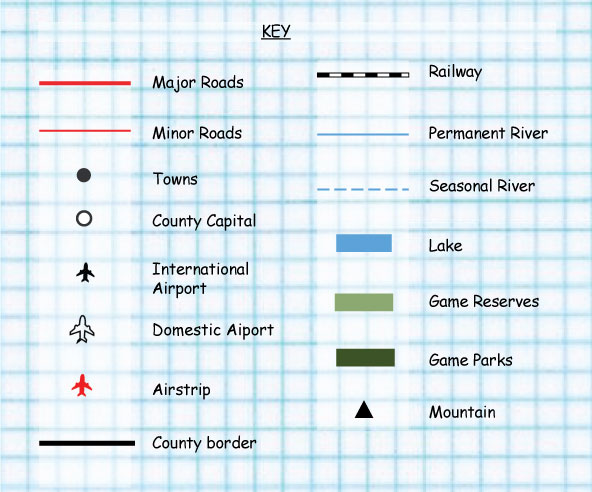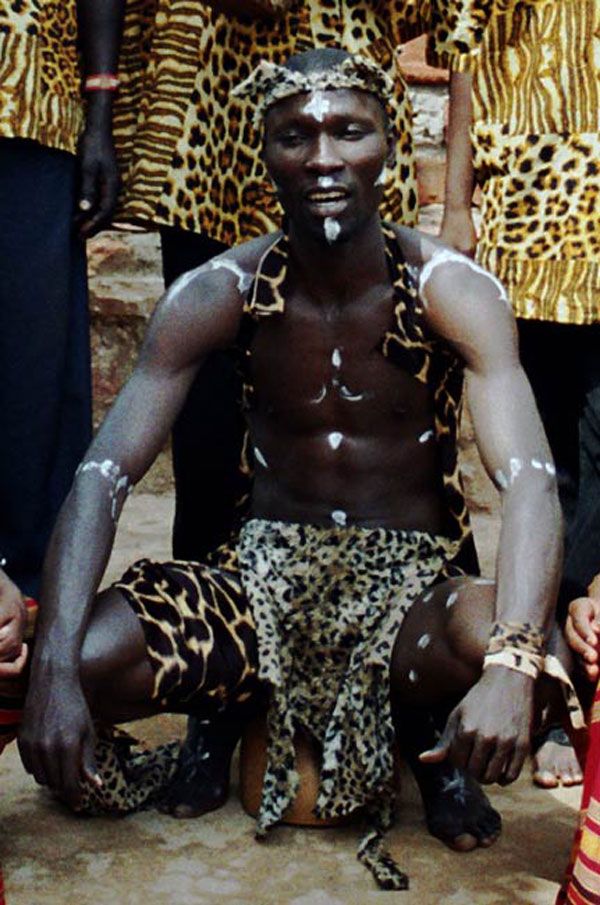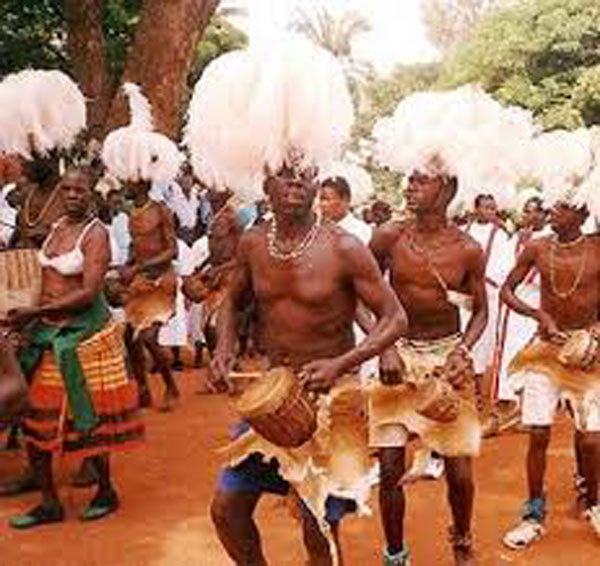It is one of the counties in the former Nyanza Province in the southwest part of Kenya.
It is bordered by Kakamega County and Vihiga County's to the north, Busia County to the north and Kisumu County to the southeast.
It shares a water border with Homa Bay County which is located to the south of Siaya County. Its capital is Siaya.

Rivers
Lakes
Swamps
Hills
Plains


Language groups found
Areas of high population density
Areas of low population density
Traditional way of life of the people
Food
Dressing

Songs and dances

Traditional medical practices
Naming was done considering what season they are in for example different names were given to children born during hunger and harvest times. They had special names for every season. Akeyo is the name given during harvesting, and Apiyo and Adongo are twins, with Apiyo as the name of the first to be born. The first letter of a name also indicates gender: “A” signifies a woman, and “O” for a boy. For example, Otieno would be the name of a boy and Atieno for a girl, both of the same name
Luo community are among the few tribes in Kenya that do not traditionally circumcise their males as an initiation to manhood. Instead, they remove six teeth from the lower jaw.
This was an important ceremony among the Luo people in Siaya. A good harvest was followed by festivity. This ensured their survival so it had to be celebrated. Children who were born during this period were given special names to mark the season. The names include Akeyo and Apiyo.
Traditionally, music was the most widely practiced art in the Luo community.
At any time of day or night, music would be made. Music was not played for its own sake. Music was functional, being used for ceremonial, religious, political, incidental purposes. Music was performed during funerals (Tero Buru), to praise the departed, to console the bereaved, to keep people awake at night, and to express pain and agony.
It was also used during cleansing and chasing away of spirits.
Music was also played during ceremonies like beer parties (Dodo, ohangla dance), welcoming back the warriors from a war, during a wrestling match (Olengo), during courtship, etc.
Work songs also existed. These were performed both during communal work like building, weeding, etc. and individual work like pounding of cereals, or winnowing.
Music was also used for ritual purposes like chasing away evil spirits (Nyawawa), who visit the village at night, in rain making, and during divination and healing.
Main cash crops and food crops grown.
The areas where the cash crops are grown.
Types of livestock kept
Areas where fishing is practiced
Major forests
Types of wildlife
The game parks and reserves
Major tourist attractions
Traditional industries and the products
Major trading centers